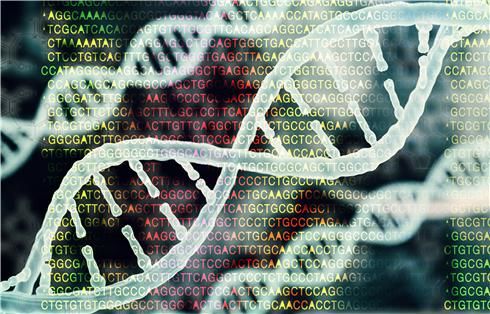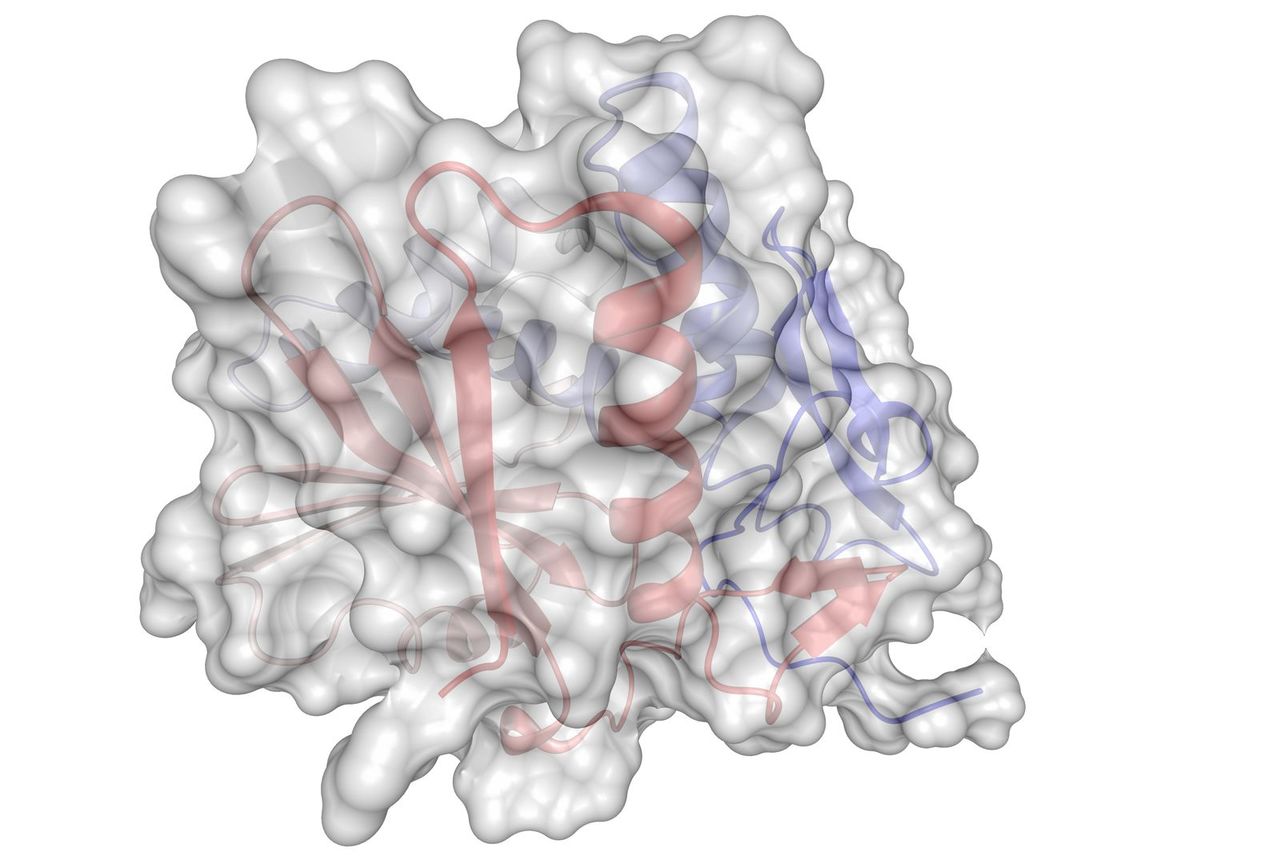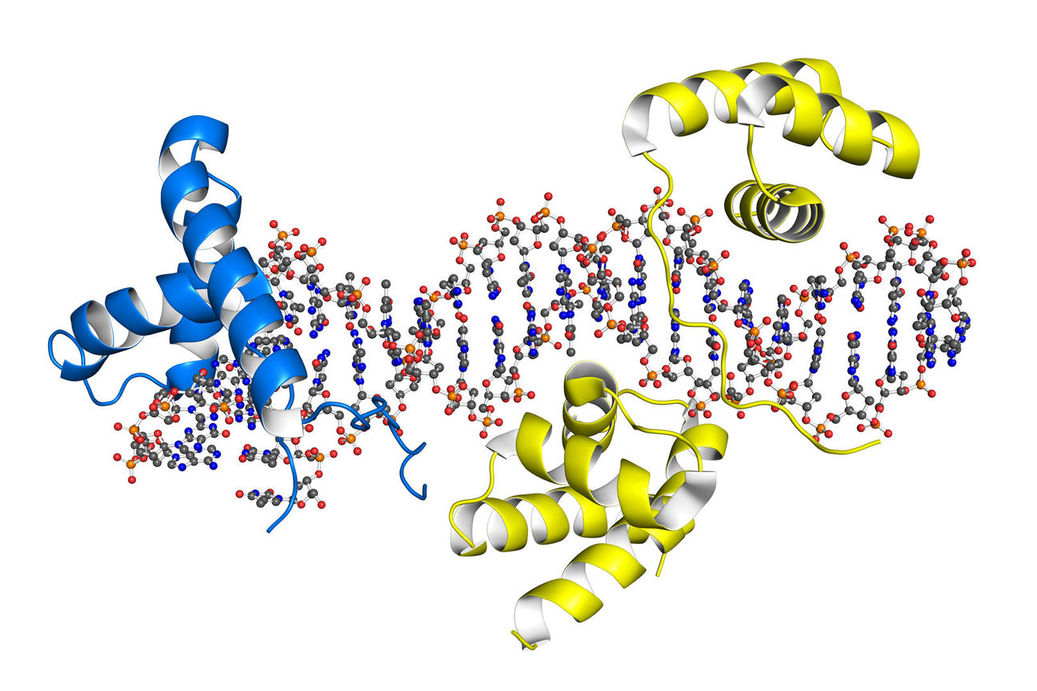Glycan Microarray Data Interpretation, Integration and Visualization
Unraveling Insights, Transforming Data-Glycan Microarray at Its Finest
The glycan microarray, which consists of a variety of glycans immobilized on the surface of the array, is capable of elucidating the interactions of glycan-binding proteins with hundreds of glycan structures and can be widely used for research on the protein-carbohydrate interactions behind many key biological activities. Therefore, the interpretation, integration, and visualization of glycan microarray data are of great significance in advancing research on glycans.
As a company focusing on glycobiology research, CD BioGlyco has access to a wealth of Glycan Structure Analysis techniques and resources for Glycan Data Interpretation, Integration, and Visualization. Here, we provide professional interpretation, integration, and visualization of glycan microarray data to our clients.
Data preprocessing
We utilize a microarray scanner to acquire raw data from glycan microarray experiments, including fluorescence intensity, sample structure information, and so on. Next, the quality of the raw data is checked and preprocessed, which includes information correction, normalization, and exclusion of outliers. This step ensures that the data are of good quality for subsequent analysis.
Data integration
We integrate data from different glycan microarray experiments into a data set where each column and each row represents different information, e.g. each column represents sample information and each row represents some kind of structural fragment.
Data visualization and analysis
Firstly, each glycan is decomposed into fragments and then an algorithm is utilized to select the fragments with the highest importance. A given sequence of glycans is decomposed by enumerating all connected substructures. Afterward, we obtain a set of unique fragments, each present in at least one glycan. We identify differentially expressed glycans by comparing glycan binding patterns between different fragments.
Meanwhile, we employ visualization tools such as graphs, heatmaps, or scatter plots to group glycan samples and show the patterns of glycan-to-glycan and glycan-to-protein interactions.

Publication Data
Technology: Glycan microarray
Journal: Beilstein Journal of Organic Chemistry
IF: 2.7
Published: 2020
Results: In this article, the authors describe a tool for visualizing, analyzing, comparing, and mining glycan microarrays. This tool supports bar charts, heatmaps, and force-directed graphs to visualize glycan microarray data and structure. Combined with a data mining system, this tool is capable of sorting and organizing the data in a specific order. When analyzing the data with this tool, all graphs generated can show the glycan structure. Therefore, this tool is particularly suitable for manual data analysis.
 Fig.1 The process of visualizing glycan microarray data. (Mehta, et al., 2020)
Fig.1 The process of visualizing glycan microarray data. (Mehta, et al., 2020)
Applications
- Interpretation, integration, and visualization of glycan microarray data can be used to screen drug targets and develop new drugs.
- Interpretation, integration, and visualization of glycan microarray data can help researchers better understand the interactions between proteins and glycans as well as organismal regulatory mechanisms.
- Interpretation, integration, and visualization of glycan microarray data can be used to explore new biomarkers and help researchers study disease mechanisms.
Advantages
- We have a professional team with profound knowledge and experience in glycan microarray data interpretation, integration, and visualization, and provide professional services and advice to our clients.
- We have advanced glycan data analysis techniques and tools to efficiently process large amounts of glycan microarray data and use advanced software tools for data integration and visualization analysis.
- We have comprehensive data management systems and security measures to ensure that our clients' glycan microarray data are protected from data leakage and information security issues.
Frequently Asked Questions
- What is the principle of glycan microarray data analysis?
- The principle of glycan microarray data analysis is the research of interactions between specific glycan structures on the chip and biomolecules (e.g. proteins, cells, pathogens, etc.). These glycan structures on the microarrays interact with the biomolecules to be tested to form binding with high specificity and affinity, and this binding can be detected and quantified by different assays (e.g., immunofluorescence, fluorescence resonance energy transfer, mass spectrometry, etc.). By analyzing the strength and specificity of these interaction reactions, the interactions between biomolecules and glycan structures and their biological significance can be revealed.
- What information and insights can we gain by visualizing glycan microarray data?
- Glycan structure and affinity analysis: Glycan microarray data shows the structure of glycans present in different glycan samples and their affinity to different proteins or biomolecules. This helps to identify the interactions between glycans and biomolecules and potential glycosylation features.
- Comparison of differences between samples: By comparing differences in glycan expression between samples, it is possible to explore glycan changes in different physiological states or disease conditions.
- Biological pathway and signaling analysis: By analyzing glycan microarray data, biological pathways and signaling networks involved in glycans can be explored, revealing the regulatory mechanisms of different glycans on biological processes.
CD BioGlyco has a professional glycan structure analysis team to provide custom glycan microarray data interpretation, integration, and visualization services according to clients' needs and actual situations. We integrate glycan microarray data from different sources and perform comprehensive analysis and labeling to help clients better understand the data and make decisions. Please feel free to contact us if you are interested in our services and our staff will respond to you on time.
Reference
- Mehta, A.Y.; et al. Tools for generating and analyzing glycan microarray data. Beilstein J. Org. Chem. 2020, 16: 2260-2271.
For research use only. Not intended for any diagnostic use.
Quick Links
Related Services



 Fig.1 The process of visualizing glycan microarray data. (Mehta, et al., 2020)
Fig.1 The process of visualizing glycan microarray data. (Mehta, et al., 2020)


